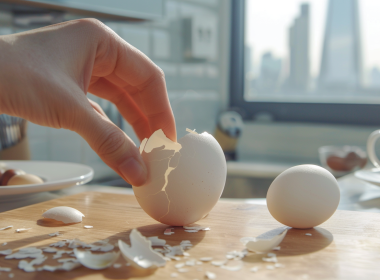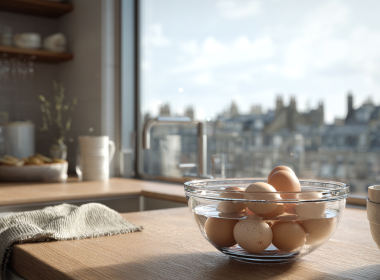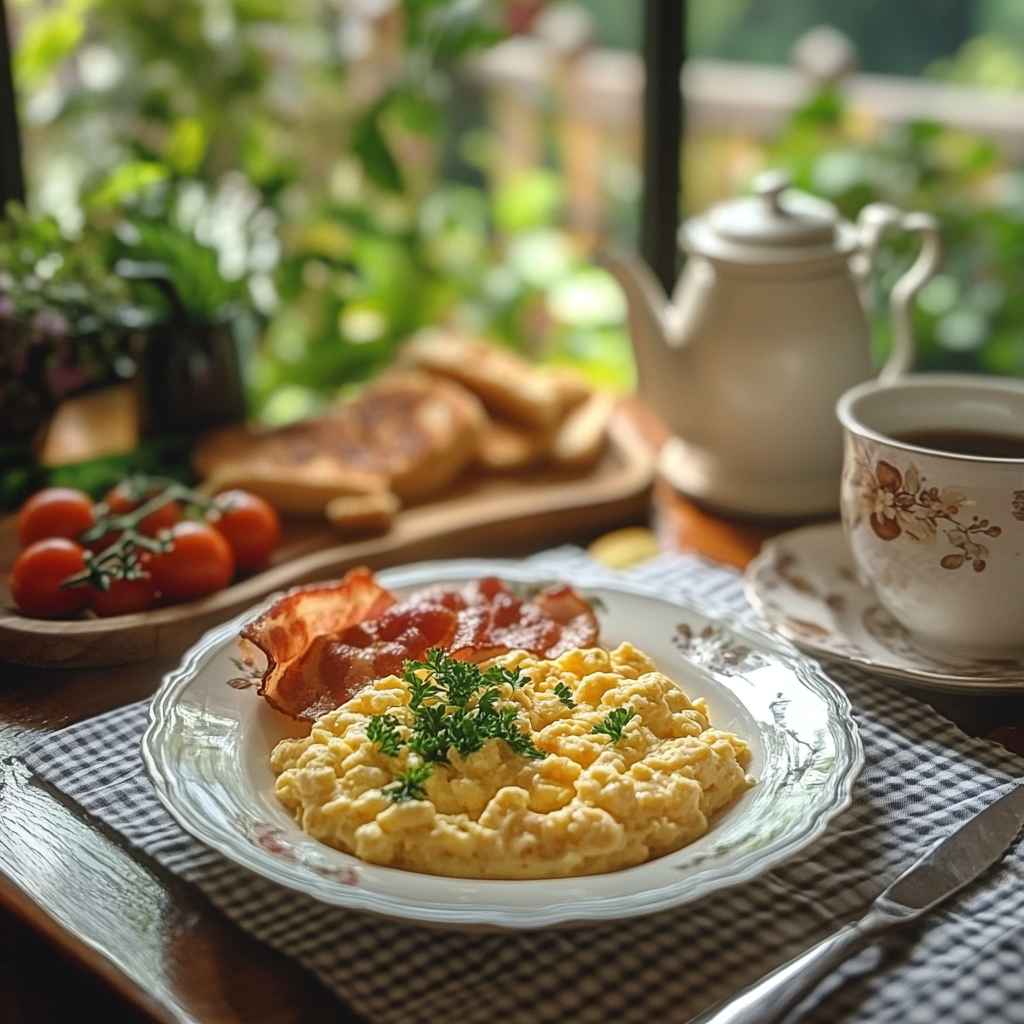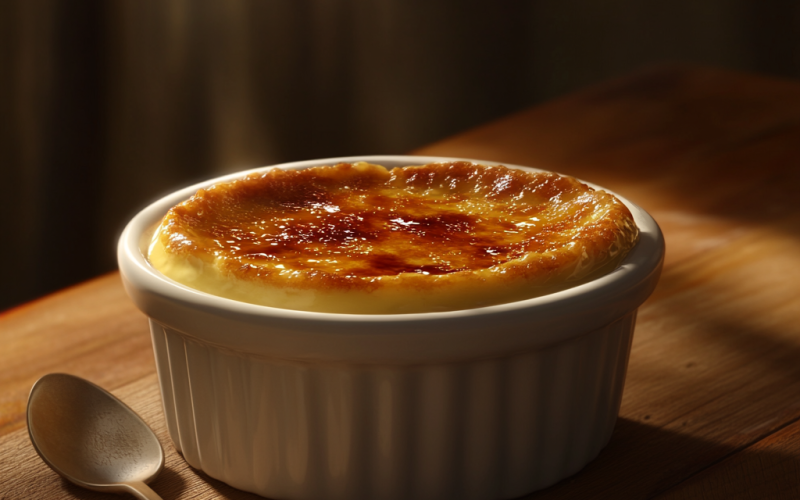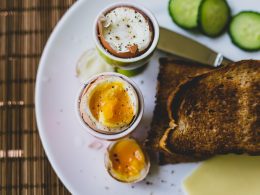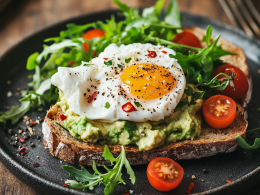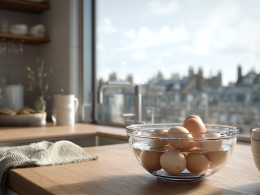Scrambled eggs are a breakfast classic loved worldwide, but achieving the perfect texture and flavor can seem like an elusive art. In reality, it’s a science. From choosing the right eggs to understanding the role of heat and stirring, mastering scrambled eggs is easier when you know the science behind it. Let’s crack this culinary mystery and bring perfection to your breakfast table.
1. The Role of Fresh Eggs
The foundation of great scrambled eggs is fresh, high-quality eggs. Fresh eggs have firmer whites and yolks, leading to a creamier texture. Always check the expiration date and avoid storing eggs near pungent foods, as their porous shells can absorb odors.
2. Whisking: The Key to Fluffiness
Whisking incorporates air into the eggs, making them light and fluffy. For best results, whisk just before cooking and ensure the yolks and whites are fully blended. Adding a pinch of salt during whisking helps break down the proteins, resulting in a softer texture.
3. Choosing the Right Fat
Butter adds richness and enhances the flavor of scrambled eggs. Heat it on low until it just begins to foam, avoiding browning, which can alter the flavor. Olive oil or a mix of butter and oil can be used for a slightly different taste profile.
4. Low and Slow Cooking
The secret to creamy scrambled eggs is cooking them on low heat. High heat leads to rubbery eggs, while low, slow cooking allows the proteins to coagulate gently, creating a silky texture. Stir constantly with a spatula for even cooking.
5. Add Cream or Milk (Optional)
Adding a splash of cream or milk can make your scrambled eggs extra rich. However, avoid overdoing it, as too much liquid can make the eggs watery. The perfect ratio is about one tablespoon of cream per two eggs.
6. Seasoning at the Right Time
Salt enhances the flavor, but when you add it matters. Adding salt too early can make the eggs watery, while seasoning just before serving ensures a perfect balance. Pepper and herbs like chives or parsley add a gourmet touch.
7. The Science of Resting
Once the eggs are cooked to your desired consistency, remove them from heat slightly earlier. Eggs continue to cook from residual heat, a process known as carryover cooking. Resting ensures they remain creamy and don’t overcook.
The perfect scrambled eggs are not just about technique but understanding the science behind each step. By choosing fresh eggs, whisking properly, cooking on low heat, and timing your seasoning, you’ll consistently achieve velvety, flavorful scrambled eggs that impress every time. Breakfast just got better!
